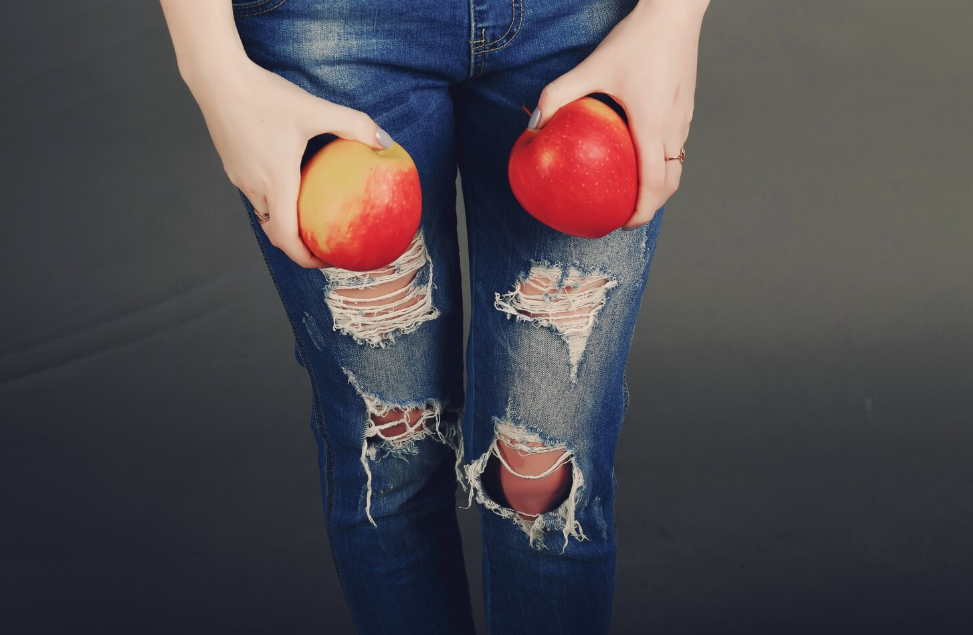Whether you’re a marathon runner, weightlifter, cyclist, or weekend gym enthusiast, staying active is key to maintaining good health. But for some athletes, that commitment to fitness comes with an uncomfortable downside — hemorrhoids.
Hemorrhoids, also known as piles, are swollen veins in the lower rectum or anus. They can cause pain, itching, bleeding, and discomfort — especially during or after intense physical activity. While they’re a common condition that affects millions of people, athletes are particularly prone to developing them due to certain physical demands of their training routines.
Why Athletes Are at Risk
Several factors make athletes more susceptible to hemorrhoids:
- Increased abdominal pressure: Heavy lifting or core-intensive exercises increase pressure in the lower rectum, which can lead to swollen veins.
- Dehydration: Intense workouts and sweating can cause dehydration, which may lead to constipation — a major contributor to hemorrhoids.
- Prolonged sitting: Cyclists, rowers, and long-distance drivers often sit for extended periods, putting constant pressure on the anal area.
- Low-fiber diets: Many athletes focus on high-protein diets for muscle gain but neglect fiber intake, which can lead to straining during bowel movements.
Even with these risk factors, hemorrhoids don’t have to interrupt your active lifestyle.
Recognizing the Symptoms
Hemorrhoid symptoms can range from mild irritation to severe discomfort. Common signs include:
- Itching or burning around the anus
- Bright red blood after bowel movements
- Pain or swelling in the rectal area
- A feeling of fullness or pressure
Ignoring these symptoms can lead to worsening inflammation or complications. If you notice persistent pain or bleeding, it’s important to see a specialist.
How Athletes Can Prevent Hemorrhoids
The good news is that prevention is possible with a few lifestyle adjustments:
- Stay hydrated: Drink plenty of water before, during, and after workouts.
- Add fiber to your diet: Whole grains, fruits, and vegetables help keep bowel movements regular.
- Avoid straining: Don’t hold your breath or strain excessively when lifting weights.
- Take breaks: For cyclists or seated athletes, stand and stretch regularly to reduce pressure.
- Practice good hygiene: Clean the anal area gently after workouts and bowel movements.
Modern Treatment: Hemorrhoid Artery Embolization (HAE)
For athletes with chronic or severe hemorrhoids who want to avoid surgery, Hemorrhoid Artery Embolization (HAE) is a breakthrough treatment option.
HAE is a minimally invasive, non-surgical procedure performed by an interventional radiologist. Instead of cutting or removing tissue, HAE works by blocking the small arteries that supply blood to the hemorrhoids, causing them to shrink and symptoms to subside. The procedure is performed through a tiny catheter — meaning no incisions, no stitches, and minimal downtime.
For athletes, this can be a game changer. Most patients return to normal physical activity within days, making HAE an excellent choice for those who can’t afford long recovery times.
Stay Active, Stay Healthy
Hemorrhoids may be common, but they don’t have to sideline your training or performance. With proper prevention, awareness, and modern treatments like Hemorrhoid Artery Embolization, you can keep moving comfortably and confidently.



